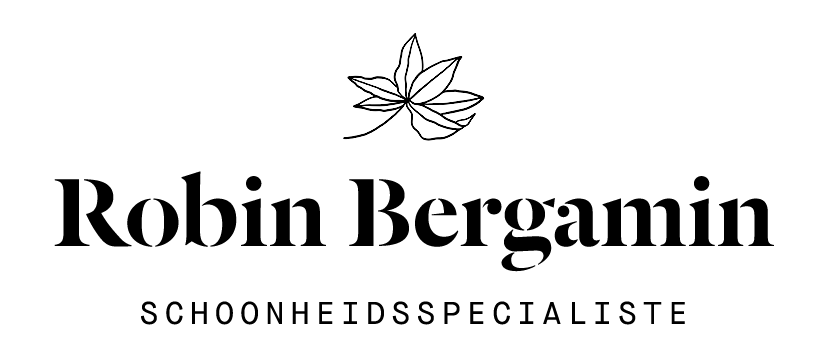Female cycle
As a woman, in terms of sex hormones, we have to deal with:
Estrogens (Estradiol, Estrol, Estrone)
Progesterone
Testosterone (this is the precursor of estrogens)
Day 1-14
The first day of your cycle starts on the first day of your period. During menstruation, the body is preparing for a new maturation of a follicle, one to three mature eggs are released in the ovaries. The follicle stimulating hormone (FSH) ensures the maturation of a follicle (egg vesicle). The uterine lining thickens so that sperm cells can travel the right way.
Day 14-16
The follicles are fully matured, the production of estrogen is at its highest, this releases the luteinizing hormone (LH). The luteinizing hormone causes ovulation (ovulation) and with this the egg cell ends up in the fallopian tube, where it can be fertilized by a sperm cell. The corpus luteum (shell of an egg cell) remains in the ovary after ovulation, it produces progesterone for the growth of the endometrium, which allows an embryo to implant.
Day 17-28
Fertilization can only take place as long as the egg is in the fallopian tube. The fertilized egg comes into contact with the HCG hormone (pregnancy hormone), which maintains the pregnancy. As soon as fertilization does not take place, the testosterone level drops and the ovum and corpus luteum are broken down. The uterine lining begins to bleed and menstruation begins.
Birth control
To prevent pregnancy, contraception has been invented, such as the (injection) pill, hormone coil (Mirena), copper coil, hormone patch / stick and the natural option: temperatures. In addition to the benefits of preventing an (unwanted) pregnancy, the synthetic hormones also cause problems in your body. The messages that are sent are no longer received, as it were. I have been using the Daysy for a few years now, taking temperatures every morning to gain more insight into my cycle.
